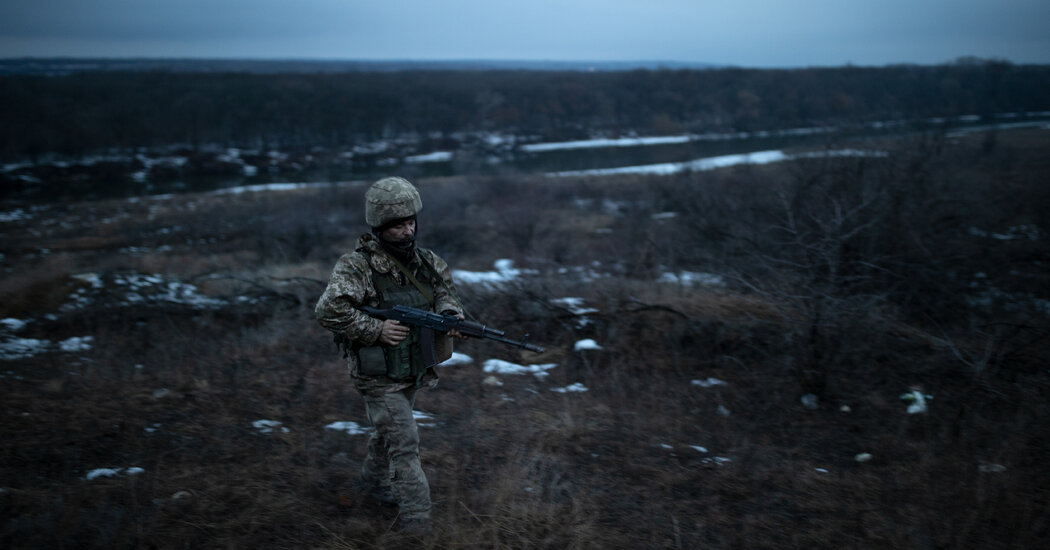The plains would seem to favor Russia’s raw advantage in weaponry. But as a defending force, Ukraine has an advantage in striking from entrenched positions at Russian troops as they advance over open ground and into artillery range.
Both sides are mustering troops for a major battle, with the Russian forces regrouping after being battered and driven from Kyiv, their units fragmented by heavy casualties and equipment losses.
Overall, Russia has increased the number of battalion fighting groups in the east to 40 — as many as 40,000 troops — from 30 this month, with more reinforcements on the way, Pentagon officials said. Moscow has withdrawn as many as 40,000 troops from northern Ukraine to reorganize, rearm and resupply them in Russia and Belarus, and is expected to move at least some to the east by driving through Russia in the next few weeks
Ukraine’s army in the east had been estimated at about 30,000 troops before Russia invaded. After repelling the Russian assault on Kyiv, the military’s elite units redeployed to eastern Ukraine, but estimating the size and strength of Ukrainian forces there now is difficult. The units are smaller and more mobile than Russia’s, and the government has revealed no details of their movements.
In this new phase of the war, the Ukrainians will need a new arsenal of weapons — particularly long-range artillery and multiple-launch rocket systems. They will also require more armored vehicles to protect their forces and to tow artillery pieces to the front lines.
Western countries are responding to this need. Slovakia this week provided Ukraine with a potent, long-range antiaircraft missile system, the S-300. And on Wednesday, President Biden announced an $800 million military aid package to Ukraine that for the first time included more powerful weaponry, including 18 155-millimeter howitzers, 40,000 rounds of artillery ammunition and 200 armored personnel carriers.
The new, heavier weapons caught Russia’s attention. Moscow sent a formal diplomatic note of protest to warn the United States of “unpredictable consequences” of shipping such arms, American officials said on Friday.
Check out our Latest News and Follow us at Facebook
Original Source
